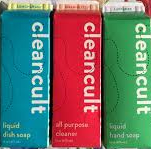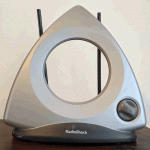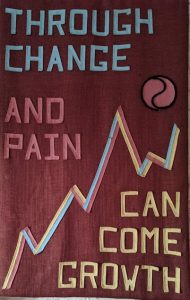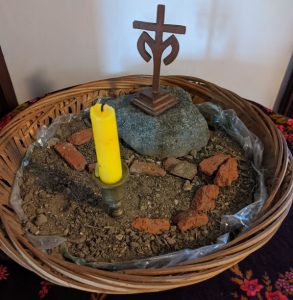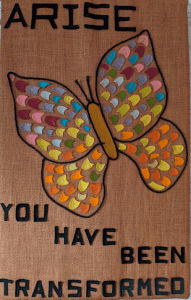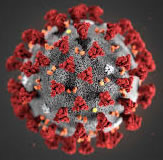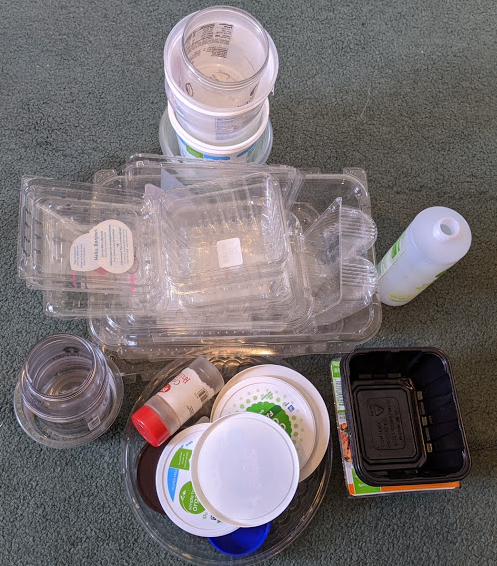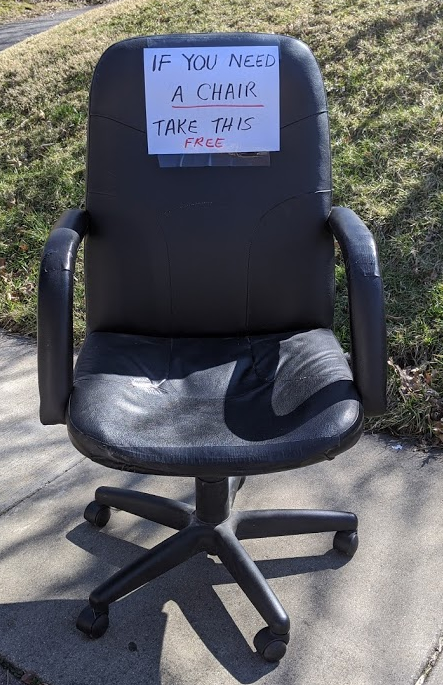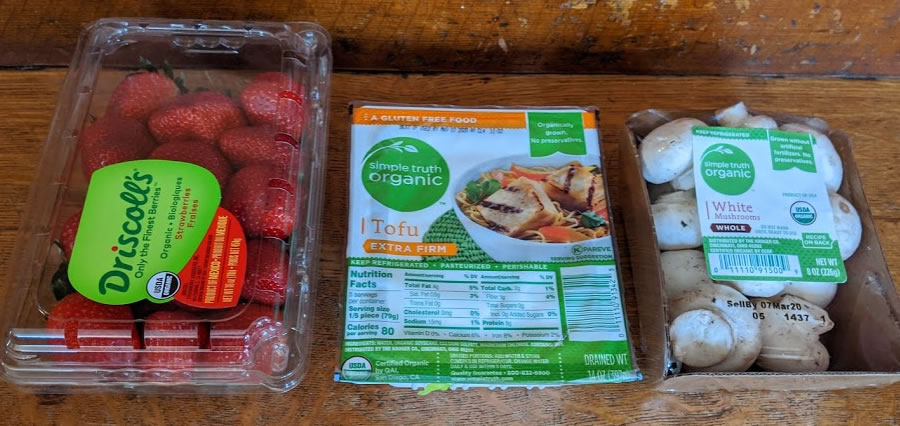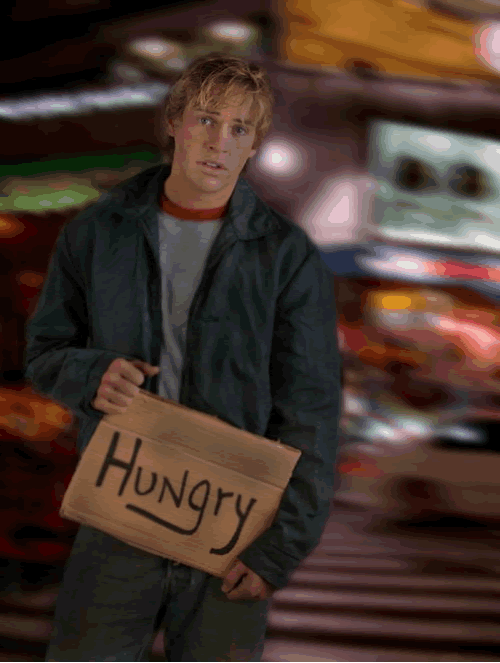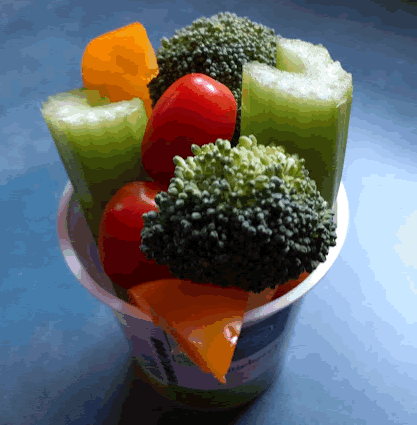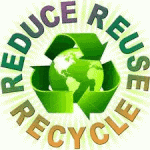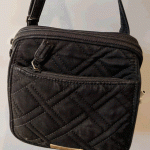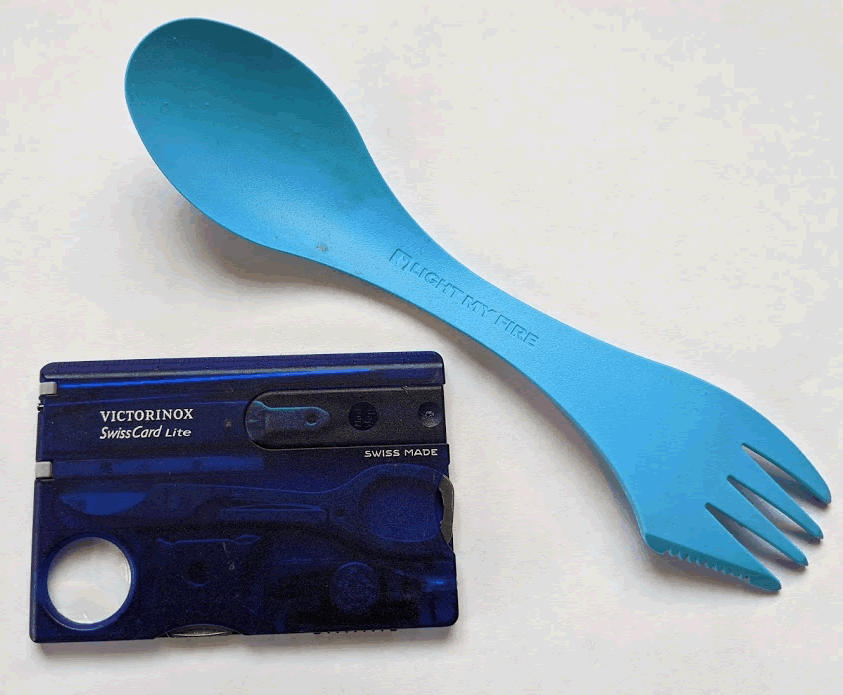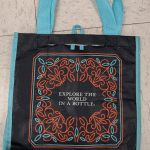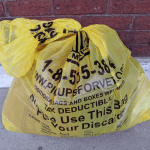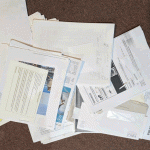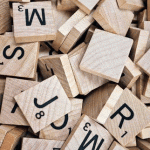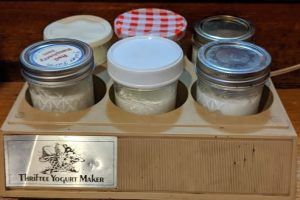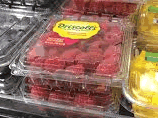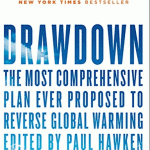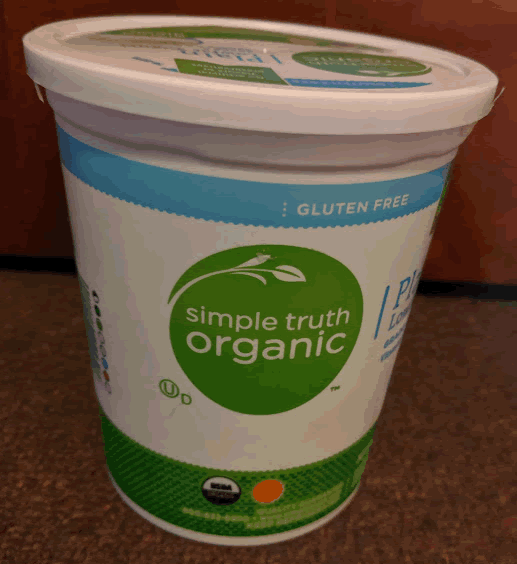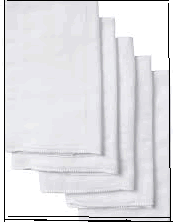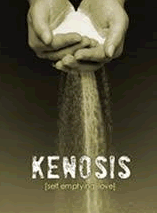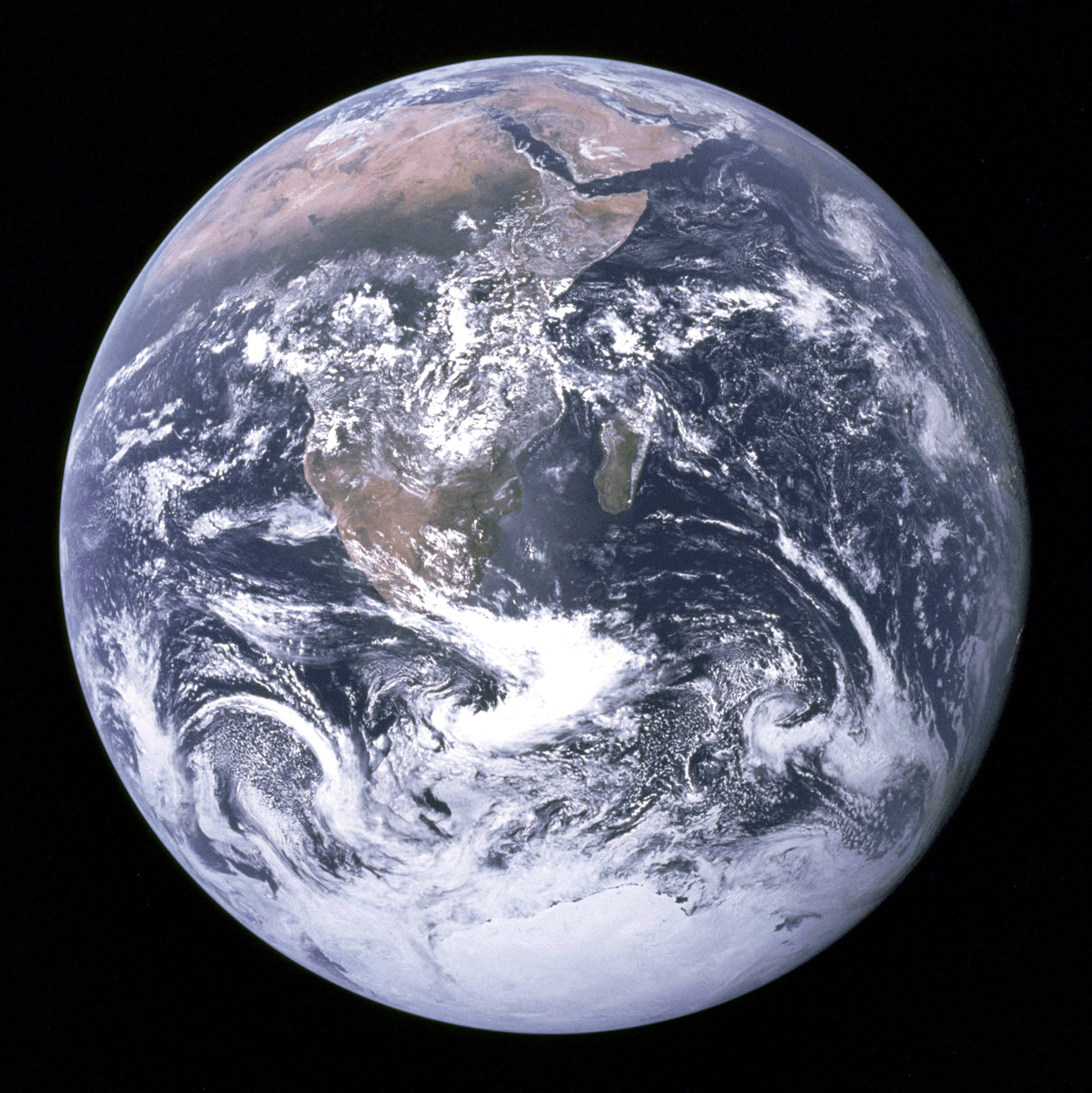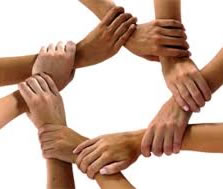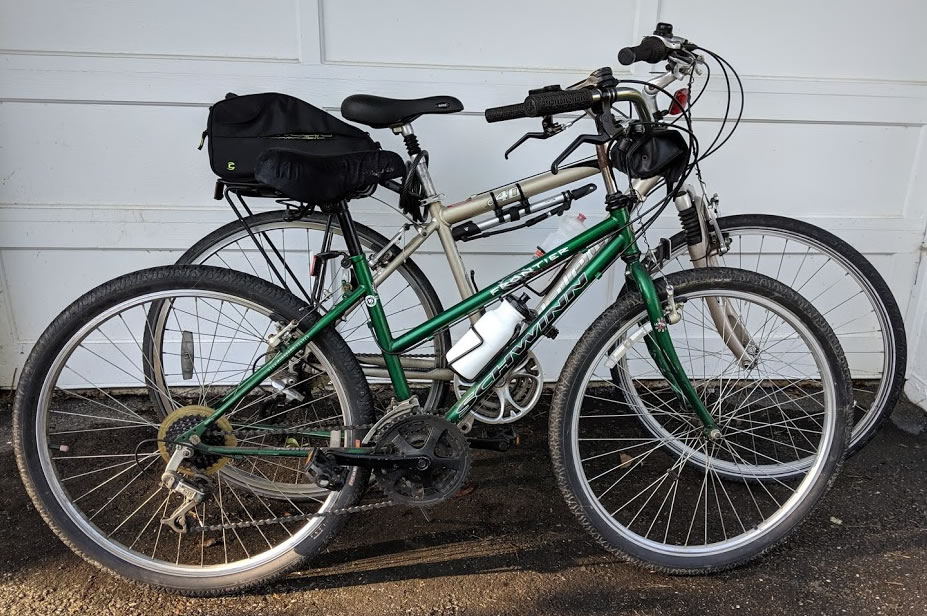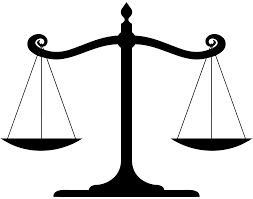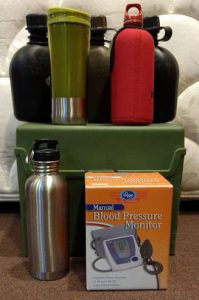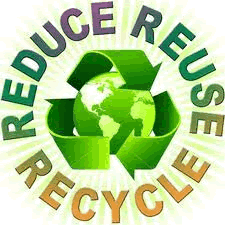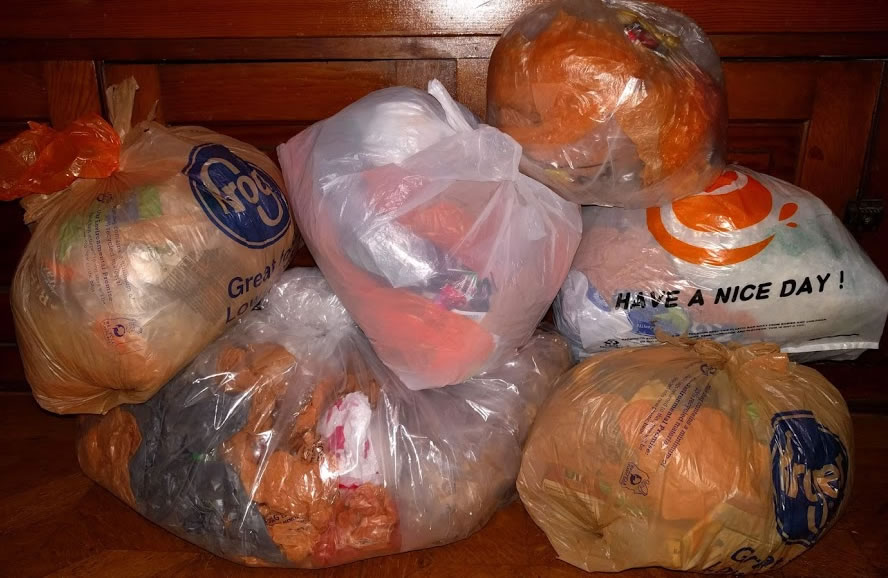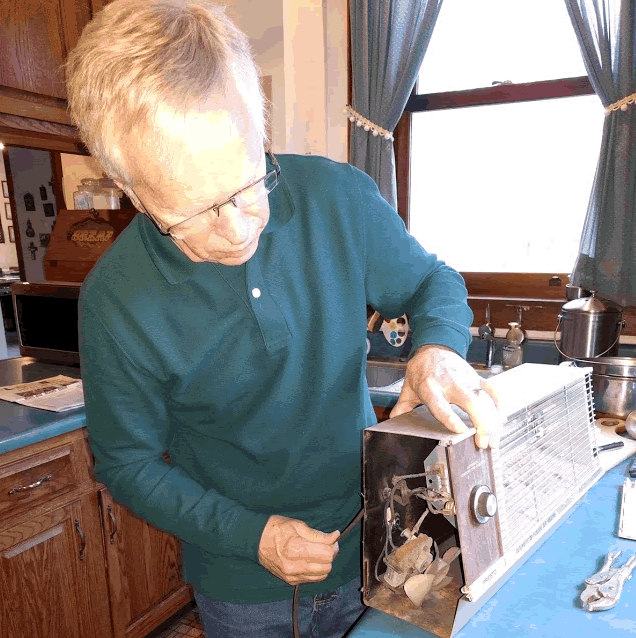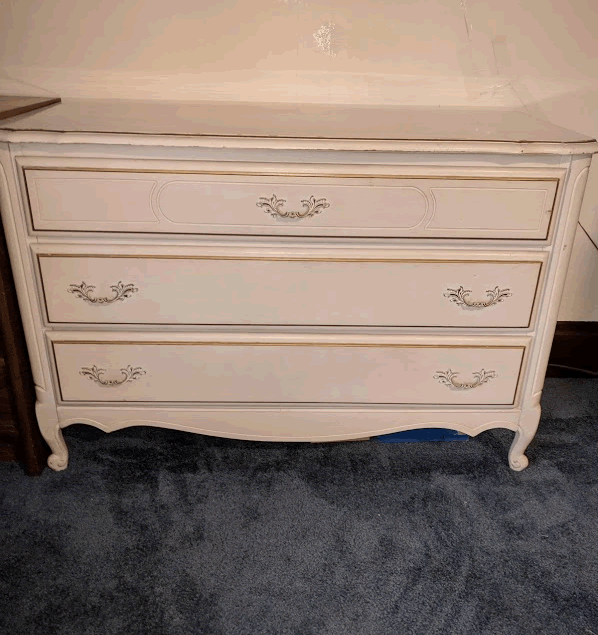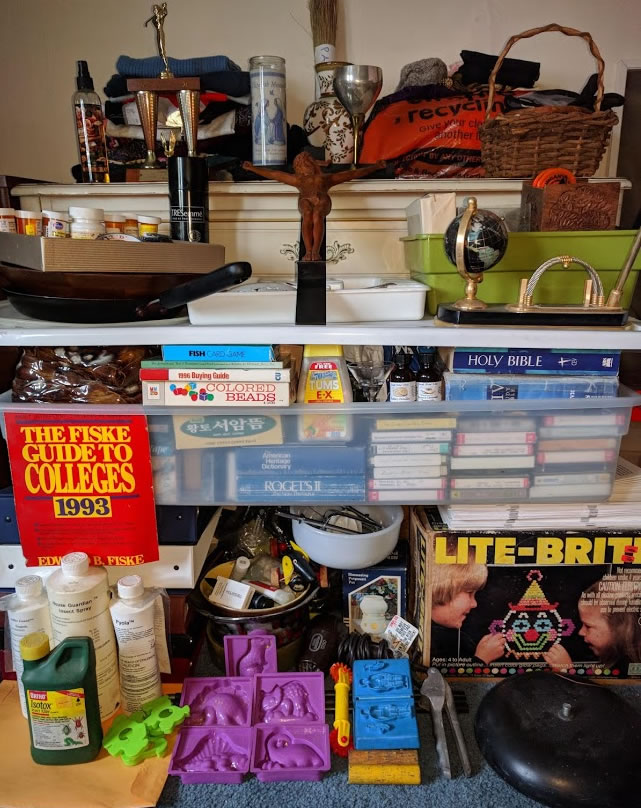 As destructive as Covid-19 has been, it’s forced me to learn some new lessons during this time of change. I’ve become more:
As destructive as Covid-19 has been, it’s forced me to learn some new lessons during this time of change. I’ve become more:
- Grateful for many people (essential workers, family, friends)
- Grateful for the lifestyle I take for granted (my health, a steady income from Social Security and a pension, ability to work from home…)
- Aware of my white, middle class privilege
- Focused on the Fall elections prompted by the increasing dysfunction of our federal government (while also remembering that that’s the source of my Social Security)
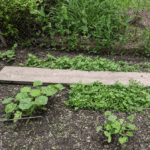 But, because of cancellations and physical distancing I’ve also had more time at home this Spring – and that brings me to weeding. Weeding my small vegetable garden has been therapy and taught me:
But, because of cancellations and physical distancing I’ve also had more time at home this Spring – and that brings me to weeding. Weeding my small vegetable garden has been therapy and taught me:
- Not all “weeds” are weeds. Just because a little green spout is not from a seed I had planted doesn’t mean it is worthless. The problem is recognizing the wanted weeds (tomato seedlings from our compost) from unwanted weeds.
- I can’t volunteer for everything. Often I needed to pull out even the desirable “volunteer” seedlings to make room for the intended crop to grow. Life needs space and time. I can’t do everything.
 Look out for impostors. I have a small strawberry patch but last year I got very few strawberries. Only after some googling did I learn to differentiate the real strawberries (white blossoms) from the mock strawberries (yellow blossoms). Frustration can prompt lashing out with brute force at false enemies. It takes careful discernment to figure out which actions will truly last the test of time.
Look out for impostors. I have a small strawberry patch but last year I got very few strawberries. Only after some googling did I learn to differentiate the real strawberries (white blossoms) from the mock strawberries (yellow blossoms). Frustration can prompt lashing out with brute force at false enemies. It takes careful discernment to figure out which actions will truly last the test of time.- When to act swiftly and when to be patient. When an opportunistic bug invades a particular plant, I must act right away lest it spread to the rest of a relatively healthy garden. Yet, plants take sun, water, and time. Seeing the fruit of my efforts will take weeks, months, generations. Demonstrations can be an immediate response, but systemic change takes the persistent effort of many over time to make a difference.
 Poison Ivy can be useful. I got a bad case of poison ivy. (Some of those weeds really were bad 🙁 ). I decided to let itching be my friend. When speaking I can be too long-winded and judgmental. I let the itching remind me to be concise and kind.
Poison Ivy can be useful. I got a bad case of poison ivy. (Some of those weeds really were bad 🙁 ). I decided to let itching be my friend. When speaking I can be too long-winded and judgmental. I let the itching remind me to be concise and kind.
What’s really important? In the midst of keeping up with life (and this blog) I summarized the goal of Living Lightly with the following mission statement.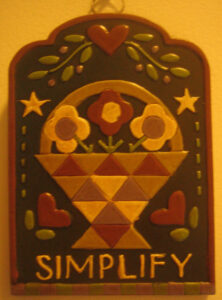
Minimalism is not so much getting rid of clutter (although that is a worthy goal) BUT rather having enough. That requires a mindfulness of what’s really important in life and not letting my worth depend on my possessions, accomplishments, or the admiration of others. As Elsa would say, “Let it go.”
Life is more than being a good minimalist, but I think living lightly holds the seeds of what’s important. Have you ever written your life’s mission statement?
If not, why not now. Let it grow.



